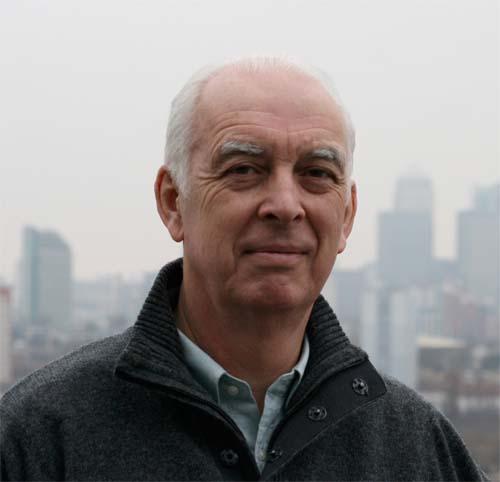
The City, Post-Media and the Body:
Lecture by Professor Mike Featherstone and Dr. Tomoko Tamari

以下のとおり、ロンドン大学ゴールドスミスカレッジ、Institute for Creative and Cultural Entrepreneurship(ICCE)のマイク・フェザーストーン教授と玉利智子上級講師をお招きして、都市とデジタルメディア、データベース、身体をめぐって講演会を行います。関心のある方はぜひお越しください。
日 時:2019年12月12日(木) 16:00-18:00
場 所:東京藝術大学千住キャンパス第3講義室(3F)
(東京都足立区千住1-25-1 ※場所が千住キャンパスなのでご注意ください)
http://ga.geidai.ac.jp/access/
講演者:マイク・フェザーストーン(ロンドン大学ゴールドスミスカレッジ教授)
玉利智子(ロンドン大学ゴールドスミスカレッジ上級講師)
司 会:毛利嘉孝(東京藝術大学大学院国際芸術創造研究科教授)
主 催:国際芸術創造研究科毛利嘉孝研究室
ポストメディア研究会 (http://postmedia-research.net/)
言 語:英語(通訳はありません)
Post-media, Data and the City
Mike Featherstone (Professor, Goldsmiths College University of London)
It is hard to think without media…
What is post-media -the term post points beyond existing forms of media. This could mean the return to the vivid intensity of co-present interaction, the immediacy of direct embodied communication with no concern for capture and storage or any intent to communicate over distance. To live after media, could also mean to live after the mass media, with its characteristic uniform one-way communication. This could point to the advent of new media forms – integrated media, multi-media, virtual reality etc., with the goal of simulating and replicating full-sensory engagement via different interfaces beyond screens. Yet there is a darker underside: the emergence of surveillance platform capitalism (Zuboff, Srnicek), with the focus on profitable data extraction. In effect, the digital media interfaces become not just means of communication with others, or search engines to vast databases, rather all our moves are unknowingly recorded, analysed, processed, profiled and behaviourised; then bought and sold in real time: we do the searching, but are searched in return.
The city is a key site where these concerns are played out. Not just because of the information city, media city, creative city, smart city hype over the last 30 years or so. But because of the ways in which the city is seen as the home of certain types of social diversity, creativity, freedom of speech and association. It is the place where the public came into being and its future could be decided. Will the city become the data city in which people’s physical movements and media usage are constantly tracked by a range of computers, face-recognition cameras and other digital devices that can instantly deny access to particular locations depending on the validity of one’s profile? Or, can it become the base for forms of subjectivity and open association that work across direct face-to-face and collective interaction coupled with new media ecologies? Guattari (1990) speaks of the hope to transform mass media power in a post-media era of collective-individual reappropriation. He did not live to see the development of digital surveillance capitalism and the incredible corporate wealth generated. At the same time, the struggle to develop alternative public digital infrastructures and related media ecologies continues in a number of cities around the world.
Animation, the Body and Affect: Human Perception and Digital Information Technologies
Tomoko Tamari (Senior Lecturer, Goldsmiths, University of London)
The paper attempts to explore the human perception of moving images by scrutinizing ‘the affective sensory complex’ which people simply feel, but find difficult to articulate in language. Whereas it is apparent that the rapid development of computer graphics technology provides spectators with new type of visuality and sensations, hand-drawing animation using traditional analogue methods remains attractive to a range of audiences. Both are, however, different ways to create representations of reality. The paper discusses the differences between digital aesthetics created by computer animation and analogical aesthetics in hand-drawing animation. While computer generated imagery (CGI) refers to the process that involves mathematical calculations within computers to create verisimilar naturalistic images, traditional hand-drawing animation method involves symbolic expressive form created by animator’s spatiotemporal sensitivities. Focusing on the Japanese animator, Hayao Miyazaki, the paper seeks to unpack the complex dynamism of affective effects in the power of hand-drawing moving images.
Professor Mike Featherstone Profile:
https://www.gold.ac.uk/icce/staff/featherstone/
Dr. Tomoko Tamari Profile:
https://www.gold.ac.uk/icce/staff/tamari/
平成29-32年度科学研究費基盤研究B「ポストメディア文化研究の理論構築:創造産業の日英比較を中心に」
